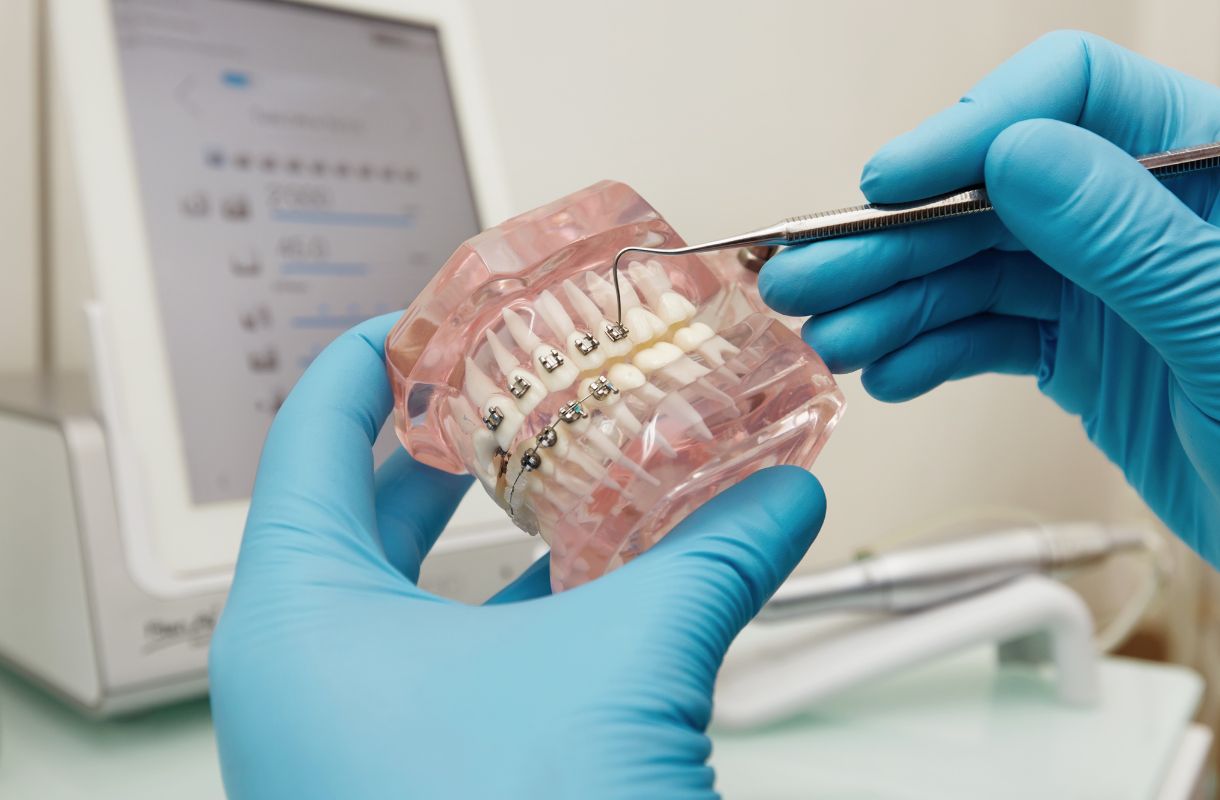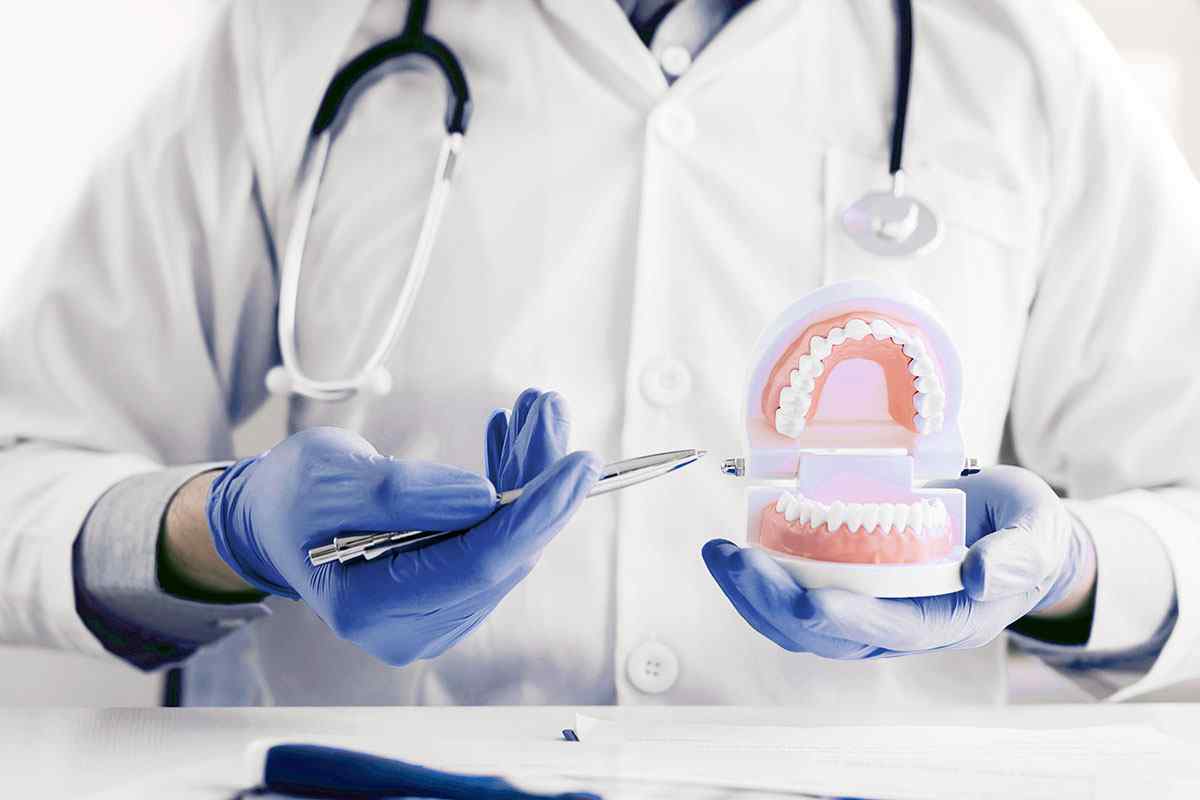What are
Intraoral scanners?
Intraoral scanners represent a cutting-edge digital impression technology that enables high-precision scans of the entire jaw in just a few minutes.
This advancement has opened up numerous possibilities for dentists. Implant specialists can evaluate simple impressions of edentulous arches or sites with implants, restorative dentists can facilitate same-day restorations, and orthodontists can highly value the precise scan results for soft tissues like gums and frenulum.
The three-dimensional images produced by these scanners are invaluable for patient education, creating custom orthodontic treatment plans, maintaining dental records, and assisting in crown preparation and implant procedures.
Advantages of Intraoral Scanners
- Time Efficiency: The 3D digital dental impression scanners save a significant amount of time by eliminating several time-consuming procedures for dentists, such as tray selection, pouring and setting materials, disinfection, and sending impressions to laboratories. The entire process of capturing impressions of the upper and lower jaws can take less than three minutes, greatly reducing chair time for both the dentist and the patient.
- Enhanced Patient Experience: Intraoral scanners improve patient comfort, treatment acceptance, and education through real-time visualization on a chairside monitor.
- Digital Storage: Digital scans can be stored on computer hard drives, avoiding the physical storage issues associated with conventional models that may chip or break.
- Flawless Restorations: The final restorations are more accurate as they are fabricated in the laboratory based on models created from digital scans rather than gypsum models made from physical impressions.
- Detailed Imaging: The ability to scan deeper areas (up to 20 mm) allows for digital impressions even for subgingival or particularly deep preparations, capturing all dental surfaces with high resolution.
- Hygienic Safety: Intraoral scanners feature smooth surfaces that can be easily cleaned, ensuring hygienic safety in the dental practice.
- Facilitated Communication: By enabling a digital workflow, intraoral scanners facilitate the sharing of patient records among team members, promoting a holistic treatment plan.
Get In Touch With Us
+91 7702425551 - Hitech City
Book An Appointment
Book a visit to Smiline, simply fill out the form below and we will contact you back regarding the intervention you require.



